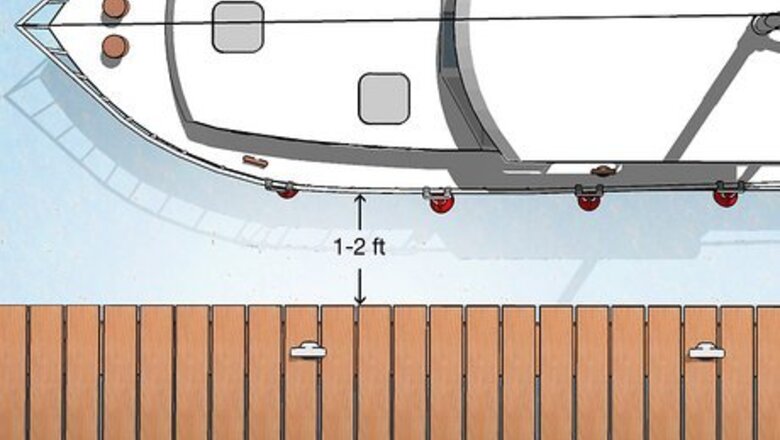
views
- Maneuver your boat so that it’s parallel to and about 1–2 ft (0.30–0.61 m) away from the dock.
- Tie the front of the boat to the dock’s cleats or pilings first, then secure the back of the boat. Finally, tie a spring line from one end of the boat to the opposite end of the dock.
- Use a simple cleat knot to fasten the looped end of the rope, and cleat hitch to fasten the unlooped end. Tie a clove hitch to fasten the lines to pilings.
Securing the Dock Lines
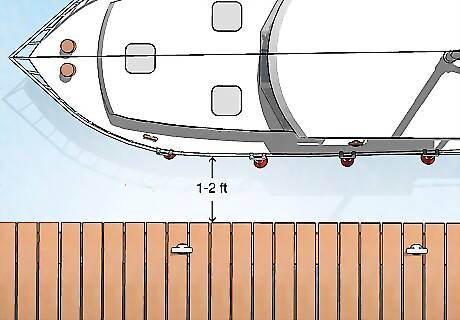
Maneuver the boat 1–2 ft (0.30–0.61 m) alongside the dock or into the slip. When there’s no wind or current, approach the dock at a 20-degree angle, then bring the boat parallel when you’re close enough to step onto the platform. When the wind or current is pushing toward the dock, approach with your boat parallel to the dock, and let the wind or current coast you in close. Have your lines ready and tied to your boat cleats before you approach the dock, and be sure your fenders are deployed off the side of your boat. If the wind or current is against you, carefully approach at a sharper angle (about 40 degrees), and reverse the engine to stop before you hit the dock. If you’re docking in a slip, align the boat with the slip’s lane, then alternate the boat in forward and neutral to let it coast into the slip. Reverse to stop the boat when it’s securely in the slip.
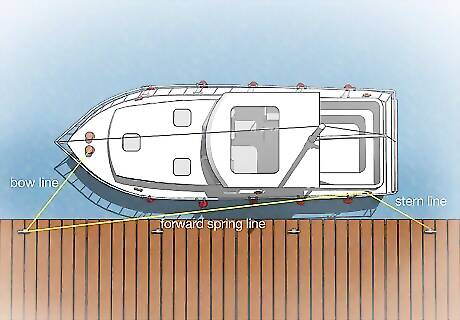
Tie the boat with the bow and stern lines if you’re tying up alongside the dock. First, tie the front line, or bowline, to a cleat on the bow, then to a nearby dock cleat or piling. Then, secure the stern line, which is the line at the very back of the boat. Finally, attach a spring line from near the back of the boat to a position further up on the dock. Run the rope through the cleats on the boat to the cleats on the dock to set up the lines. Your boat has many possible cleats to tie onto, but only use 3-4 to prevent tangles. Never tie your boat lines to railings, frames, or anything other than a sturdy cleat. Tie your lines at an angle from the boat to the dock to lengthen the lines, which accommodates the up-and-down movement of the tides. If you're working with a partner or crew, have them hop onto the dock and tie the lines, or hold a spring line until you’re able to come and tie them yourself.

Tie the boat with 2 bow lines and 2 stern lines if you’re docking in a slip dock. A slip dock is a narrow lane, like a parking space for a car. Start by attaching the 2 bow lines at the front of the boat. Then, attach the 2 stern lines at the back, looping them into the cleats on either side of the dock. This keeps the boat from moving forward or backward in the slip. Make sure the dock lines are attached to both sides of the dock so the boat stays in place. Be very careful not to let the ropes fall into the water to prevent them from getting caught in the propeller.
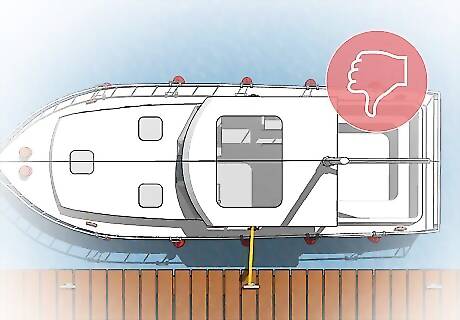
Use breast lines to keep the boat close to the dock for short periods. Breast lines are short lines that extend straight from the boat to the dock, and are great for keeping your boat close to the platform while you load or unload the boat. However, they’re not a secure solution for properly tying up a boat, as they don’t allow for enough slack to accommodate the tides, and could leave your boat “hanging” from the dock at low tide. Always make sure the stern, bow, and spring lines are attached at all times when you tie up the boat, since they’re the most secure lines. Untie the breast lines whenever you’re away from the boat for long periods. Or, remove the line from the center boat cleat and tie it to the stern, instead, to allow for more slack.
Tying Knots
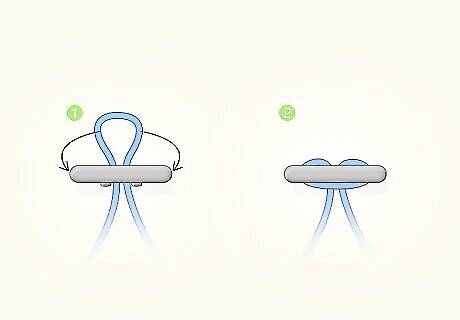
Use a simple cleat knot to tie the looped end of the rope. Most docking ropes have 2 ends: a looped end and an unlooped end. To tie the looped end to either the boat or dock cleats, start by sliding the loop on the rope under and up through the cleat. Then, wrap the loop over the arms on the cleat and tug gently on the loose rope to tighten it. If you have someone helping you hold the lines and they're not comfortable tying knots, tell them to hold the rope taught until you can come and tie a knot for them. That way, the boat won't drift from the dock.

Tie a cleat hitch to secure the unlooped end of the rope. Loop the line once over and around the bottom of the cleat. Then, slide the line over the top of the cleat and wrap it around the opposite prong of the cleat. Trail it over the cleat again to form a figure 8 shape. Finally, make a small, underhand loop and place it over the first arm. Tug the end of the rope to secure the knot.
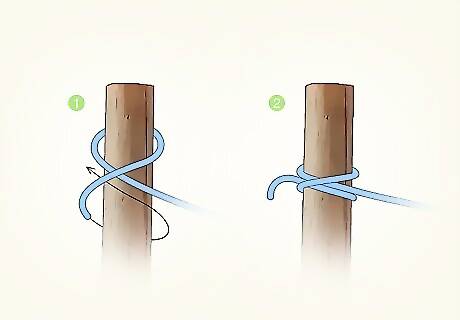
Tie a clove hitch if you are docking at a piling. Wrap the loose end of the line around the post or hook on the piling. Then, cross the line over itself once and loop the loose end around the post again. Thread the loose end under the wrap you just made and tug the loose end of the line to tighten the knot. Only use a clove knot to attach to a piling or post. These knots aren’t suitable for attaching to cleats.
Checking Your Docking Gear

Check that your boat has cleats on all sides. Cleats are T-shaped metal hardware that are usually placed on the sides of the boat, close to the edge. There will also be cleats on the sides of the dock. Most boats will have cleats on the bow, stern, and sides for docking. If your boat does not have cleats, mount your own cleats using thru-bolts with backing plates. Simply using screws to secure the cleat to the deck might cause the cleats to break away under strain.
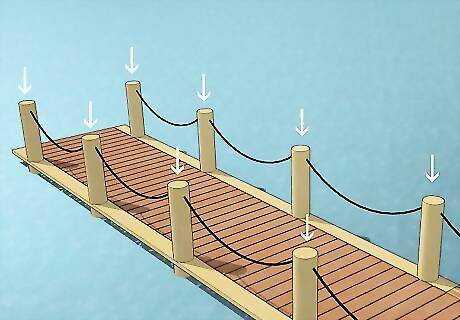
Tie your boat to pilings if there are no cleats on the dock. Pilings are long pieces of timber that come up from the pier or dock. Sometimes, they have attached cleats. Use dock lines and knots to secure your boat to a piling when there are no cleats available. Tie your boat to pilings if you plan to dock your boat for several weeks or months, since they keep it secure for a longer period of time.
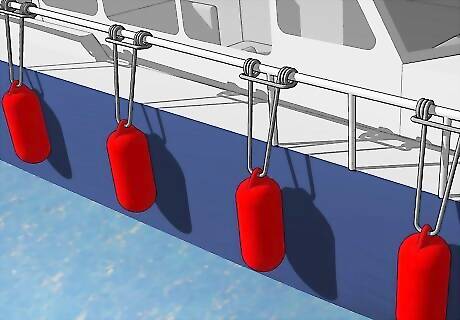
Use fenders to protect your boat from scratches and damage. Fenders are usually made of foam or inflatable rubber. They attach to the front and sides of your boat so it doesn’t hit the pier or dock. They’re ideal for tying up your boat in a busy dock, or if you want to protect the sides from damage once it’s tied. Attach fenders to your boat using the ties on the fenders. Leave them on, hanging inside the boat, until it is time to dock. Then, place them on the outside of the boat before you set up the dock lines.
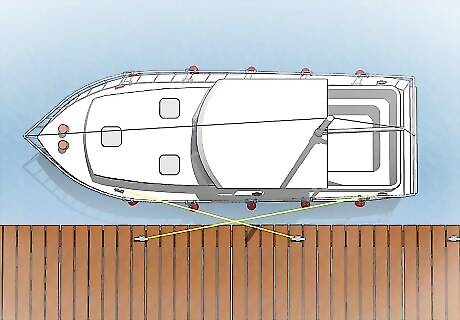
Use spring lines to prevent forward and backward movement. Spring lines run from the back to the front, or from the front to the back of the boat when tying up to a dock. Use these to tie your boat in a crowded marina or dock to prevent it from drifting forward and backward into other boats.

















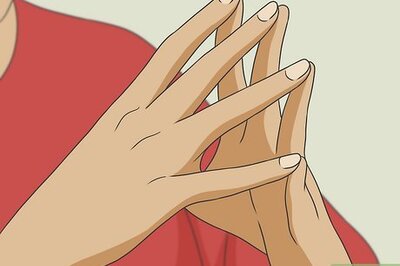

Comments
0 comment